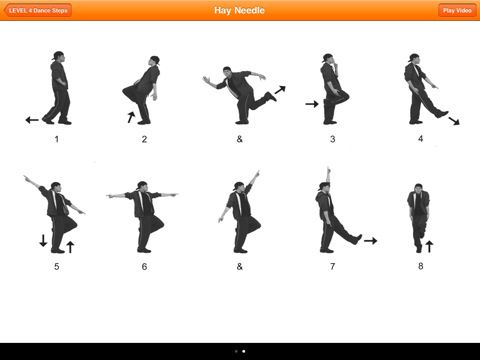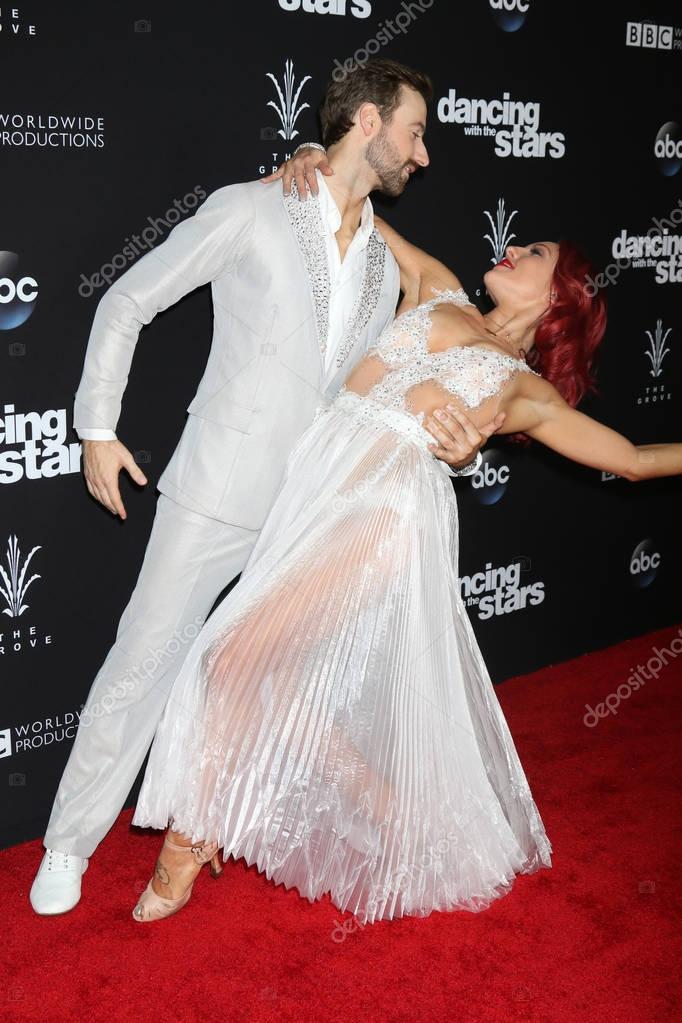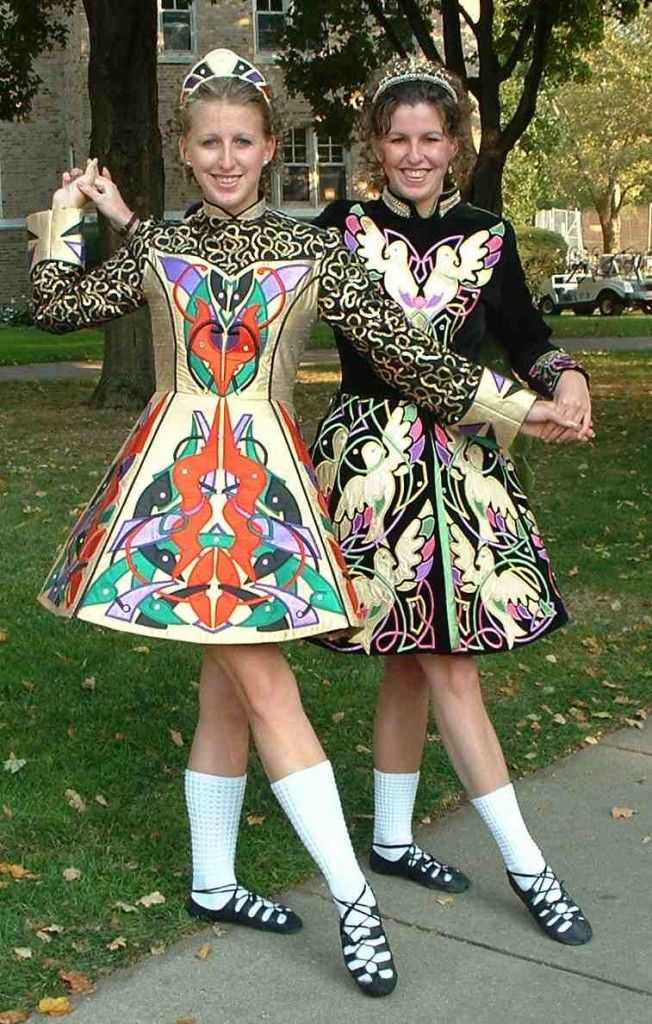How to play paper dance
Dancing Mode On: Paper Dance
- About
- Guide
- Contact Us
Campus
|Student Activities
Feb 4, 2018|a few seconds
Barnali Priyadarshini
NITRUTSAV 2018 had a lot in store for the participants this time. A series of fun-filled and crowd-pulling events awaited the audience. One such event among them was the Paper Dance which was scheduled to be held on 3rd February at the Student Activity Centre at 3.30 PM. In this event, teams of two competed based on the compatibility and balance between the team members.
Registrations for the event had started 30 minutes prior to the scheduled time i.e. at 3.00 PM but the event got delayed by an odd 30 minutes as it happened to clash with the event Blind Date, which was also being held at the same venue, SAC.
Paper Dance, as the name suggests is a competetion where participants in pairs dance on a piece of paper until the music stops. The newspaper is folded in every stop so it gets smaller and smaller with the proceeding rounds. The simple concept of the event is the team which can endure the difficult and diminishing sheet till the end without touching the ground, wins the game. And the exciting part of the game is knowing how they do it.
Following the simple rules for the event, there was a huge crowd of participants as well as audience gathered around at SAC. With Ankit Aryan and Barnali Priyadarshini as coordinators, this event witnessed a footfall of 60 teams, which counts to 120 participants, a good number on count. Along with couples consisting of a guy and a girl, there were teams with 2 boys or 2 girls as well. This event proved to be a huge hit as the participants enjoyed to their fullest and registered in more and more number. Couples grooved to the soulful music tracks and went crazy with the newest music hits being played one after the other.
There were no specific winners declared as it was just a fun event. One could find a lot of energetic and enthusiastic participants who came up for the event. Team Monday Morning congratulates the organizing team of the event for having succesfully carried out the event.
DISCLAIMER: The content, opinions or views expressed on the Monday Morning website and its social media platforms, including, but not limited to Facebook, Instagram and Twitter pages, are strictly the property of Monday Morning and represent the extensive research and work of the working team of respective academic year of Monday Morning and not those of the institute. The reports and statements published are consolidated from the collected background research and interviews. The official statements of the institute can be found in the press releases published by the institute or via an RTI application.
No article or any statements by Monday Morning is to be reproduced, presented or distributed in part or whole without prior permission of the Executive Body of Monday Morning for any purposes, including, but not limited to print and electronic form.
Tags :
Monday Morning is the student Media Body of National Institute Of Technology Rourkela. We cover all the events, issues and activities going on inside the campus. We serve as a link between the administration and the students.
Campus
Connect
DD & CWC
Career
Alumni
Expressions
About
Guide
Contact Us
- Subscribe
Terms of Use
Privacy Policy
- Sitemap
© 2015 - 2022 Monday Morning. All rights reserved.
Its Party game time. – PinatasPinatas
27 Dec
Its Party game time.

By Ruth O'Reilly News 0 comment
You can never have enough party games prepared when you hosting a childrens party.
1: Drawing Crazy People.
You will need: A piece of A4 white paper for each player
A selection of colouring pens and pencils.
Each player sitting in a circle, gets a white sheet of paper on which you draw a hat or hair right at the top. Then fold the top of the paper backwards so that you can only see the bottom of the drawing and pass the paper to the person on the left.
When you receive your new piece of paper you now draw a head and a neck. When you have done this fold the paper away again so you can only see the base of the neck. Once again pass the paper to your left.
So it continues until the figures have a body, then legs and then lastly shoes. When you have drawn the shoes pass the paper to the left one last time and unfold the papers.
You'll giggle at the funny people that you have created.
2: Newspaper dance
You will need: Newspaper and music
The children will get into pairs and both with stand together on the double page of a newspaper. When the music is turned on the pair will begin to dance. If anyone touches the floor, they and their partner are out! After a little time stop the music and get the children to fold the newspapers in half. Turn on the music again and start to dance. Continue taking turns playing the music and folding the paper more and more each time .Eventually the newspaper will be so small that you will have to give your partner a piggy back.
In this game you can do absolutely anything, you just can't touch the floor.
The game ends when there is only one pair left.
3: Detective Game
One of the children is the first suspect. The other children observe this suspect very carefully and then they either close their eyes or the suspects leaves the room for a second. Now the suspect has to change one small item of their appearance. For example they could undo their zip, roll up a sleeve or change their hairstyle. Then the detectives study the suspect closely. Whoever guesses what has been changed correctly first gets a point and is the next suspect. If nobody guesses the suspect earns the point. The player with the most points at the end of the game wins.
For example they could undo their zip, roll up a sleeve or change their hairstyle. Then the detectives study the suspect closely. Whoever guesses what has been changed correctly first gets a point and is the next suspect. If nobody guesses the suspect earns the point. The player with the most points at the end of the game wins.
4: Feeding Blindfolded
You will need: small bowls of food (icecream, beans, peas, chocolate mouse)
spoons and blindfolds.
Half of the children have their eyes covered and are given a bowl of food and a spoon. The other half then choose a blindfolded partner and sit down down facing each other.
When the adult says go the feeding frenzy begins. The children that are being fed are able to give directions such as 'higher, lower, left a bit'. The aim of the game is to be the first team to empty the bowl.
5: Tall Egg Tales.
You will need: small stones, one less than people playing.
For this game, you and the children need to sit in a circle with the stones in the middle. Now you begin to tell a made up story, keep going for a little while and then at some point include the word 'egg' as soon as you say egg everyone (including yourself) must grab a stone. The person that doesn't manage to get one continues your story. Put all the stones back in the middle and only grab for them when your hear the word 'egg' again.
Now you begin to tell a made up story, keep going for a little while and then at some point include the word 'egg' as soon as you say egg everyone (including yourself) must grab a stone. The person that doesn't manage to get one continues your story. Put all the stones back in the middle and only grab for them when your hear the word 'egg' again.
Happy party planning.
Ruth x
How dance became fashionable and why is there modern choreography in the drama theater. "Paper"
April 5, 2018
Vladimir Varnava is one of the most famous contemporary choreographers in Russia. His performance Yaroslavna and the “damn clownery” Petrushka are staged at the Mariinsky Theatre, he works at Moscow and European venues, and also plays in the ballet performance Solaris at the Comedian’s Shelter.
Barnabas told "Paper" , why it is more difficult for Russian viewers than for Europeans to watch modern dance, is it possible to teach ballet dancers to dance in a modern way and why all types of art strive to be dance.
- You often work and perform abroad. Is there a difference between how audiences perceive contemporary dance in Russia and in Europe?
- Of course, everything is individual, a lot depends on the production, but even more - on the context. Recently we were on tour with Petrushka [of the Mariinsky Theatre] in Munich. This is a fairly free performance, and it was unexpected that it was brought by the Mariinsky Theater, known for its classical traditions. I think the audience was expecting a more academic reading of this music. Our genre - "damn clowning" - is a circus, a farce. Maybe the effect of surprise worked, but in Munich the performance was met very violently, it was a success.
At the same time, on behalf of the festival “Context. Diana Vishneva" I was in Amsterdam at the festival of contemporary choreography Hollande Dance Festival. And it was a get-together of choreographers and artists engaged in searches in the space of modern dance.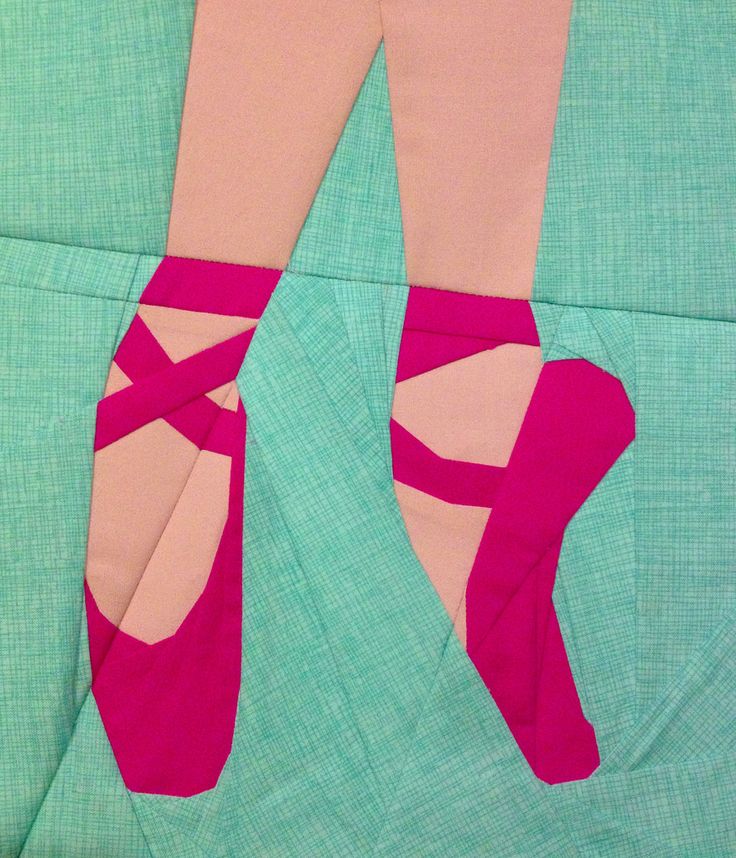 It was quieter to perform there.
It was quieter to perform there.
In Russia, a wide interest in modern choreography is just beginning to appear, and the audience is different. In St. Petersburg, there are Erarta, Skorokhod, and Gunpowder venues — examples where a place is focused on a specific type of art, and for the most part, the viewer knows where and what he is going to. And there are academic theatres, where new modern performances and authors appear, and the audience is not always ready.
Rehearsal of the play "Solaris" in the "Comedian's Shelter"— You said that classical readings are expected from the Mariinsky Theatre. Do you think that theaters should additionally work with such a modern repertory performance as "Petrushka"? Do programs that explain in detail what the audience will see, give lectures before the performance?
- You can create some special conditions: programs, advertising, promotions in the lobby before the performance - all this can influence.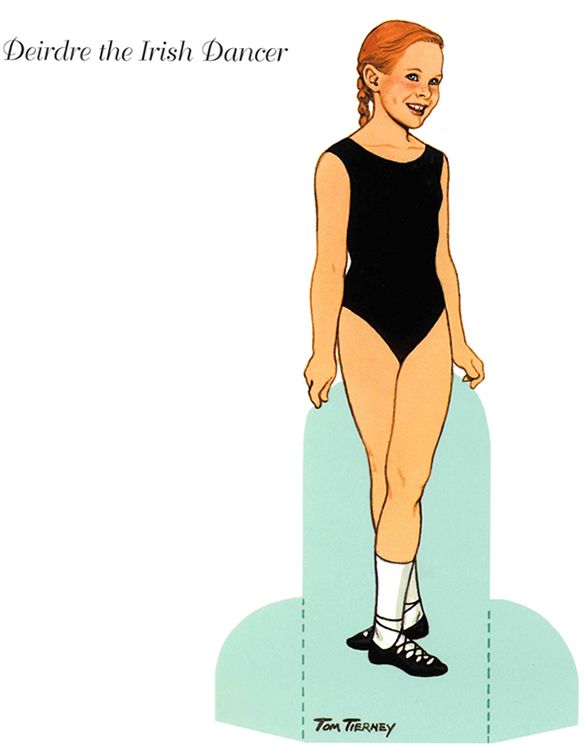 But the viewer is probably formed to a greater extent by the place: theaters and, of course, the country, the national mentality.
But the viewer is probably formed to a greater extent by the place: theaters and, of course, the country, the national mentality.
Recently, for example, we released The Vision of the Rose to the music of Weber and Karpov (the original is a one-act ballet to the music of Weber, first staged by Mikhail Fokine in 1911 for Diaghilev's Russian Seasons - approx. Papers ) at RAMT (Russian academic youth theater - note "Papers" ). It was February 14, at a gala concert with ballet and not so people. And due to the fact that RAMT is a rental venue in terms of a ballet performance, there was a feeling that something was missing.
And a couple of months later we showed "Vision of the Rose" at the Stanislavsky Musical Theater. And they were two very different performances. The context - the place, the beautiful interior, the neat stage, the audience - had an amazing effect on the production, it looked noble.:no_upscale()/cdn.vox-cdn.com/uploads/chorus_image/image/1946721/just_dance_wii_u.0.jpg) The filling is a modern dance that grew out of the experience of the avant-garde venues in St. Petersburg, the place is the Academic Musical Theater of Moscow. This simple synthesis gave the performance something unique, important and at the same time evaporating, momentary.
The filling is a modern dance that grew out of the experience of the avant-garde venues in St. Petersburg, the place is the Academic Musical Theater of Moscow. This simple synthesis gave the performance something unique, important and at the same time evaporating, momentary.
— How do you work with academic ballet dancers? There is an opinion that it is even physically difficult for classical ballet dancers to master modern choreography.
- I am convinced that in dance one should look not for what makes it different, but for common features. Different directions have a common essence. And this essence is important to see, not to forget about it. If you have mastered some style or direction, prepared the body, then everything depends only on your brains and desire. You can rearrange. Therefore, there are artists who are ready to apply their already acquired skills in new areas, and there are those who are not ready.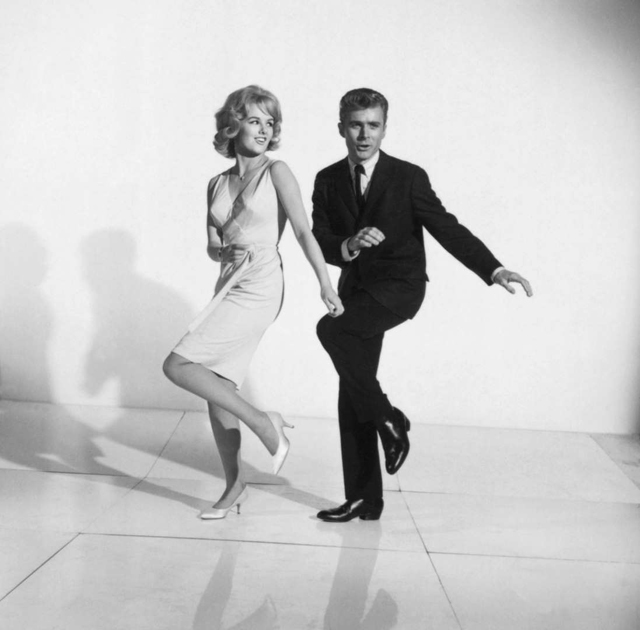
- How did you find a common language with the artists of the classical troupe of the Mariinsky?
- Differently. This is my fifth season at the Mariinsky; there were workshops, then Valery Abisalovich offered to stage "Yaroslavna". The number of employed artists is 70 people. Of course, the rehearsals were perceived as a process of learning, parsing a new language for the guys. It was inevitable, it was normal. The artists with whom I had already worked helped: Zlata Yalinich, Yura Smekalov, Sasha Sergeev, Vasya Tkachenko and others - they became the stilts of the performance.
As in any profession, there are people in the theater who ended up here by accident, and there are those who overcome fatigue and daily prove the necessity of their work. These are the people I'm targeting.
— You regularly work in the Drama Theatre: you put on dance performances or full-fledged dance numbers for the artists, but the audience does not initially go there for the dance. Why do you need this as a choreographer?
Why do you need this as a choreographer?
— Recently, I have been constantly working with director Max Didenko, he is a great friend of mine, and I just like to have a good time in our team. In general, in life I strive to have fun, and I try to minimize stress. I don’t even watch all my performances now: it’s harmful to worry. I try to enjoy the process and think less about achieving the result. It seems to me that if in the process people feel good with each other, the team is in the zone of creative research, then the result will certainly be.
- In the ballet performance "Solaris" in the "Comedian's Shelter" you act as an artist. Is it harder to obey a choreographer at a time when you yourself are constantly growing as a choreographer? There is no feeling that you know better?
- Internal conflict is possible. But I’m thinking: is a good artist one who fulfills exclusively the will of the choreographer, or one who joins not only at the level of performance, but tries to bring something in addition to the given role pattern? I am interested in the system: the director embodies the total plan, and each actor is the director of his own role. While using this principle.
While using this principle.
- "Solaris" is played in the "Comedian's Shelter" - a drama theater in which there were no dance performances before. How did the public react to the first screenings?
— Of course, Solaris is an experiment. Dance in the ballet form has never been here. Its manifestations, of course, met in other performances, and I am directly related to one of them (Maxim Didenko's play "Heart of a Dog" - approx. "Paper" ). But I think everyone is very happy about the ballet event.
— Is there an ideal audience for dance performances?
Every viewer is perfect. I've stopped thinking about it, to be honest. There is a closed spectator who goes to the performance with prejudice; for some, these prejudices are removed - and this is a miracle. This doesn't happen to anyone. And there is an open spectator: he is waiting to see his favorite artists, his favorite choreographer, he is sincerely happy or upset if something didn’t happen today.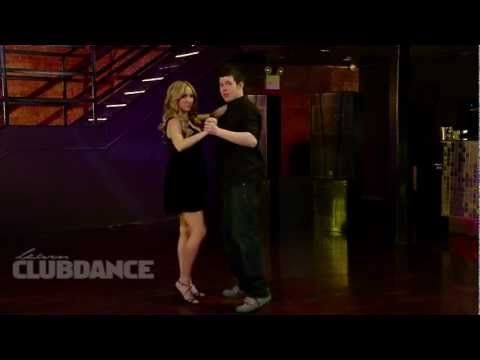 But, in fact, it's cool when there is a viewer at all.
But, in fact, it's cool when there is a viewer at all.
- Do you think dance has become more fashionable? Both among the audience and among non-professionals who want to do it?
Yes, and I am very glad that I found this interest in dance. People are fond of ballet, and they are already doing modern dance more boldly. There is such a statement: all kinds of art strive to be music. It seems to me that all forms of art aspire to be dance. On this topic there is a wonderful film by Vyrypaev "Dance of Delhi". They say beautiful words about dance (although no one dances) - about the dance of the life cycle, that we all know how to dance, that you don’t need to be a professional dancer to perform your own dance. And this is the truth.
Why else is dance, in my opinion, paramount? Because it doesn't need anything, your instrument is your body. I constantly watch people dance in a relaxed atmosphere, at home or at parties, without aspiring to create or be an object of art. Natural and natural movement under the influence of radio waves. This is the simple thing I am trying to find in the vast world of dance.
Natural and natural movement under the influence of radio waves. This is the simple thing I am trying to find in the vast world of dance.
Sorry, we do not support Internet Explorer. Read our content using other browsers such as Chrome or Mozilla Firefox Mozilla Firefox or Chrome.
Dancing on the newspaper - a game (competition) for adults
You are here
Games and competitions » Games and competitions for adults » Games in companies while the song is playing. They should never stand up for a newspaper, if they do, they are out. After a short dance, the music stops and the newspaper is folded in half. This continues until one couple is left, tired on a folded newspaper and dancing at the same time.
See also
The New Year is already very close. The time when you don't want to be bored. I suggest you hold some fun games for relaxed companies that appreciate jokes and jokes.
1. Competition "who has the longest". Several teams are formed, the participants make a chain out of clothes. The one with the longest chain wins. Naturally, the boundaries of what is permitted and the limits of decency in each company will be different. Read more @title
Competition "who has the longest". Several teams are formed, the participants make a chain out of clothes. The one with the longest chain wins. Naturally, the boundaries of what is permitted and the limits of decency in each company will be different. Read more @title
Good afternoon, dear servants of the wonderful science - medicine!
We invite you to cheer yourself up and take part in a fun competition for honey. workers. The members of the first team are representatives of the medical professions, the members of the second team are their potential patients.
Competition task Read more @title
This contest is quite funny. The host and several couples take part in it. The man speaks in the ear of the presenter what he is going to give to his half. In turn, the lady tells what she will do with the gift, not at all knowing what her man has prepared for her. In the case of a guess, she is awarded the appropriate prize. Thus, it seems quite amusing that the lady is "putting the pot on for work", or "boiling the book".
Thus, it seems quite amusing that the lady is "putting the pot on for work", or "boiling the book".
With the help of elastic bands for hair, you can hold a contest "Harem". In it, the main roles belong to men. Each of the men receives rubber bands of a certain color (one is red, the other is green, and so on). In a few minutes, each of the participants must “ring” as many women as possible. Ring - an elastic band is put on the ladies on the wrist. Then the number of rubber bands is counted and the most agile participant is determined.
Before the start of the game, tell the participants that men, like birds, are most attractive during the mating season. Let each of the participants choose a partner for the game and make him the most ruffled out of him. To do this, give the ladies multi-colored hair bands. The task of the participants is to make the largest number of tufts on the head of men with the help of rubber bands. The partner of the most ruffled is awarded a prize.
Put a bottle on the table, on top of which put a deck of cards. The task of the participants is to take turns blowing cards from the deck. Whoever blows away the remaining deck (the last cards), he lost and was eliminated. The game is played until one winner is determined.
Guests should split into pairs. In each of the couples - a woman and a man. Clothespins are attached to the back of the partner's clothes. The partner's task is to move the clothespins from the back of the clothes to the clothes on the partner's chest with their blindfolded teeth. The first pair to complete the task wins. Read more @title
This game requires an empty matchbox, which is put on the nose of the participant in the game. The box should be put on as tightly as possible. The participant must, with the help of facial expressions, remove the boxes from the nose.
Number of players: any
Extras: paper, pen, bag
Papers with the names of body parts are written and folded so that they cannot be read and put into some kind of bag.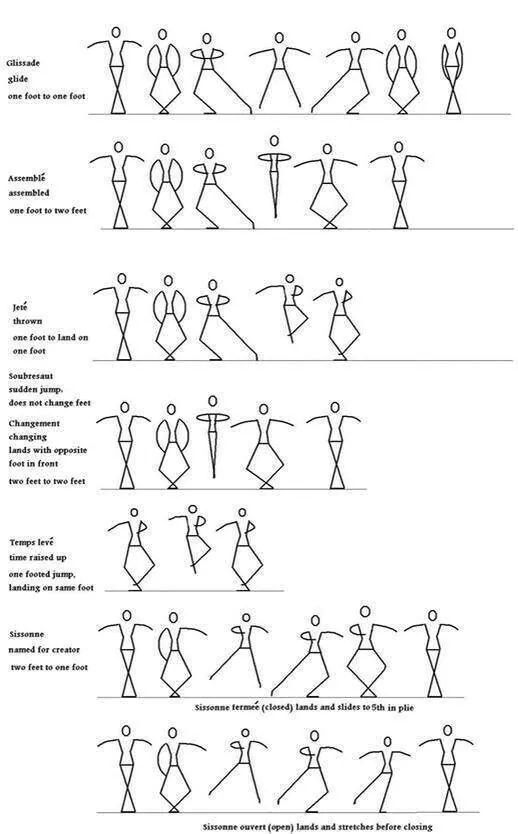
Then the first two people each take a piece of paper. And they are pressed by those parts of the body that are indicated in the pieces of paper. Then the second person pulls out the second piece of paper, where it is written which place the third person should touch. Then the third one pulls out his piece of paper (more precisely, two, but in turn).
Continue reading @title
Number of players: any.
Optional: long rope.
It is necessary that the majority of those gathered have not played it before. In an empty room, a long rope is taken, and a labyrinth is stretched so that a person, passing, sits down somewhere, steps over somewhere. Having invited another player from the next room, they explain to him that he must go through this labyrinth blindfolded, before that remembering the location of the rope. The audience will tell him. When the player is blindfolded, the rope is removed. The player sets out on a journey by stepping over and crawling under a non-existent rope.